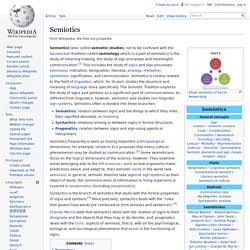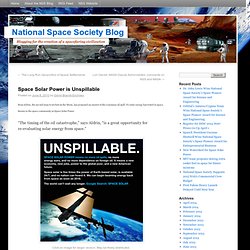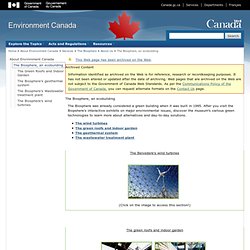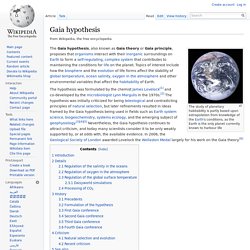

Semiotics. Semiotics frequently is seen as having important anthropological dimensions; for example, Umberto Eco proposes that every cultural phenomenon may be studied as communication.[2] Some semioticians focus on the logical dimensions of the science, however.

They examine areas belonging also to the life sciences – such as how organisms make predictions about, and adapt to, their semiotic niche in the world (see semiosis). In general, semiotic theories take signs or sign systems as their object of study: the communication of information in living organisms is covered in biosemiotics (including zoosemiotics). Syntactics is the branch of semiotics that deals with the formal properties of signs and symbols.[3] More precisely, syntactics deals with the "rules that govern how words are combined to form phrases and sentences".[4] Terminology[edit] Ferdinand de Saussure, however, founded his semiotics, which he called semiology, in the social sciences: History[edit] Formulations[edit] Branches[edit] Notes.
Space Solar Power is Unspillable. Buzz Aldrin, the second man to set foot on the Moon, has proposed an answer to the Louisiana oil spill.

It’s solar energy harvested in space, known in the space community as Space Solar Power. “The timing of the oil catastrophe,” says Aldrin, “is a great opportunity for re-evaluating solar energy from space.” Click on image for larger version. May be freely distributed. We’ve been harvesting solar power in space and sending it to Earth since 1962, when the first commercial satellite, Telstar, was launched and began transmitting energy harvested by the solar panels studded all over its beach-ball-like surface. The Japanese space agency, JAXA, has committed $27 million to space solar power and has plans for a satellite capable of powering 300,000 homes. Space solar power means no more Louisiana oil spills. Take the load off the Earth. From a press release of the Space Development Steering Committee. Take Action for the Environment - The Biosphère, an ecobuilding. This Web page has been archived on the Web.

Archived Content Information identified as archived on the Web is for reference, research or recordkeeping purposes. It has not been altered or updated after the date of archiving. Web pages that are archived on the Web are not subject to the Government of Canada Web Standards. As per the Communications Policy of the Government of Canada, you can request alternate formats on the Contact Us page. The Biosphere, an ecobuilding The Biosphere was already considered a green building when it was built in 1995. Citizen Science. Green Roofs Project. Www.teebweb.org. Planetary Boundaries: Exploring the Safe Operating Space for Humanity. Quick Facts That Debunk Hysterical Global Warming Claims « LEADING MALAYSIAN NEOCON.
Join the Global Warming is Unfactual group on Facebook!

Take the quick poll question! Anthropogenic global warming theory is the idea that human activities that release carbon dioxide are causing the Earth’s temperature to rise drastically. Anthropogenic global warming theory has the following assumptions: 1) Carbon dioxide is the main cause of rising global temperatures 2) The main source of this carbon dioxide is from human activities 3) The temperature rise will be quick and large 4) The temperature rise will cause massive devastation and disaster 5) We must act now to stop the release of carbon dioxide. Gaia hypothesis. The study of planetary habitability is partly based upon extrapolation from knowledge of the Earth's conditions, as the Earth is the only planet currently known to harbour life The Gaia hypothesis, also known as Gaia theory or Gaia principle, proposes that organisms interact with their inorganic surroundings on Earth to form a self-regulating, complex system that contributes to maintaining the conditions for life on the planet.

Topics of interest include how the biosphere and the evolution of life forms affect the stability of global temperature, ocean salinity, oxygen in the atmosphere and other environmental variables that affect the habitability of Earth. Introduction[edit] Less accepted versions of the hypothesis claim that changes in the biosphere are brought about through the coordination of living organisms and maintain those conditions through homeostasis. In some versions of Gaia philosophy, all lifeforms are considered part of one single living planetary being called Gaia. Publications - GLOBIO.